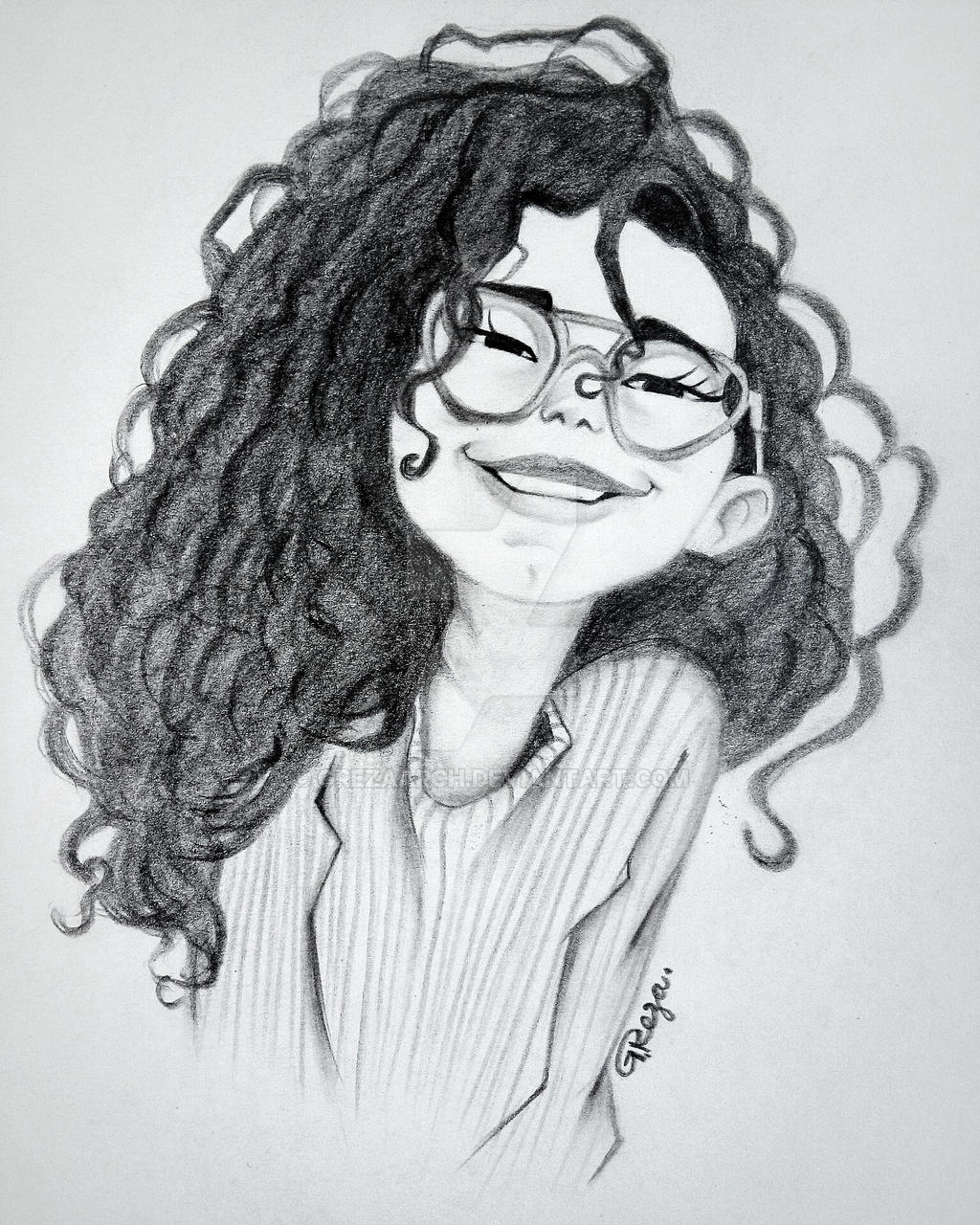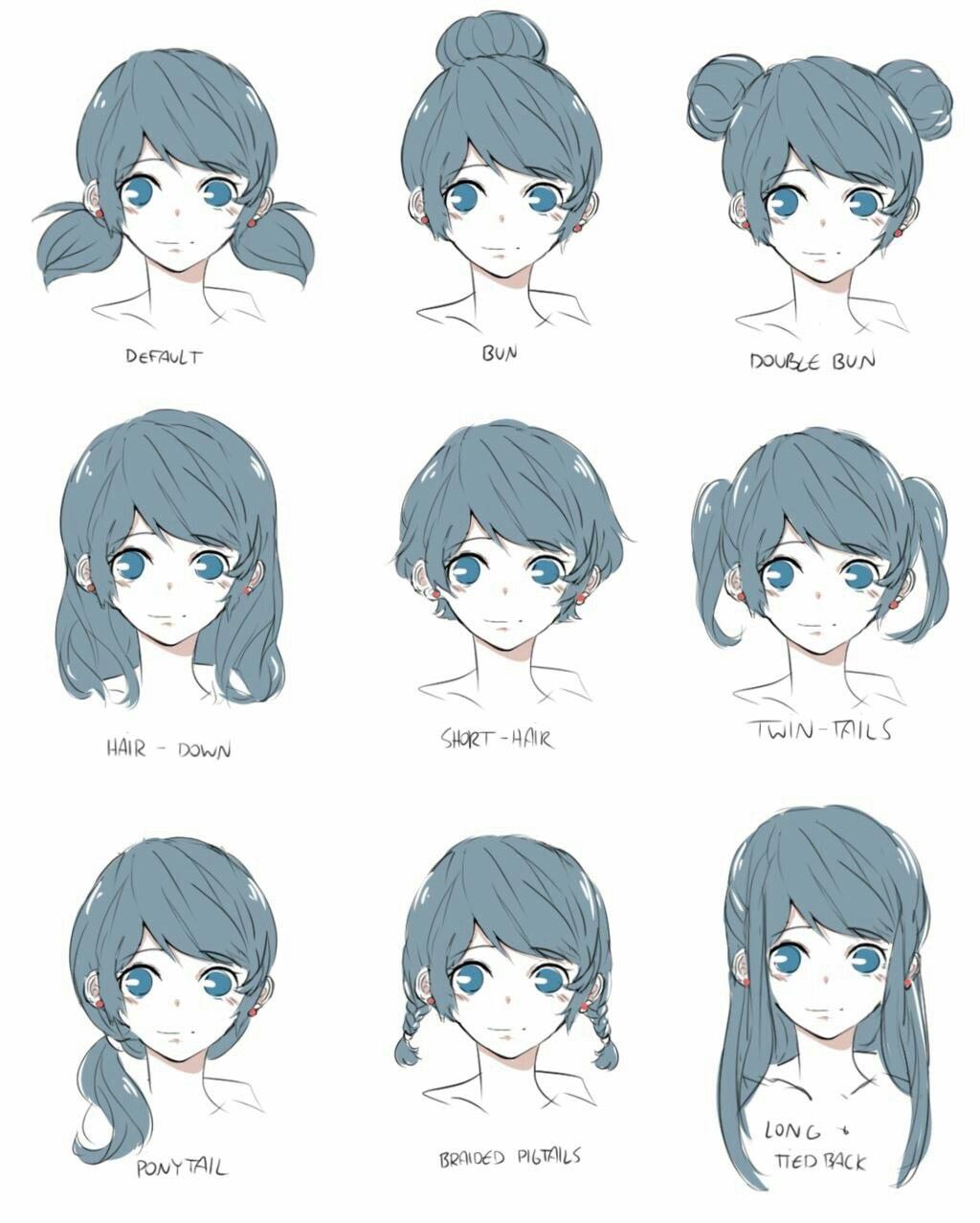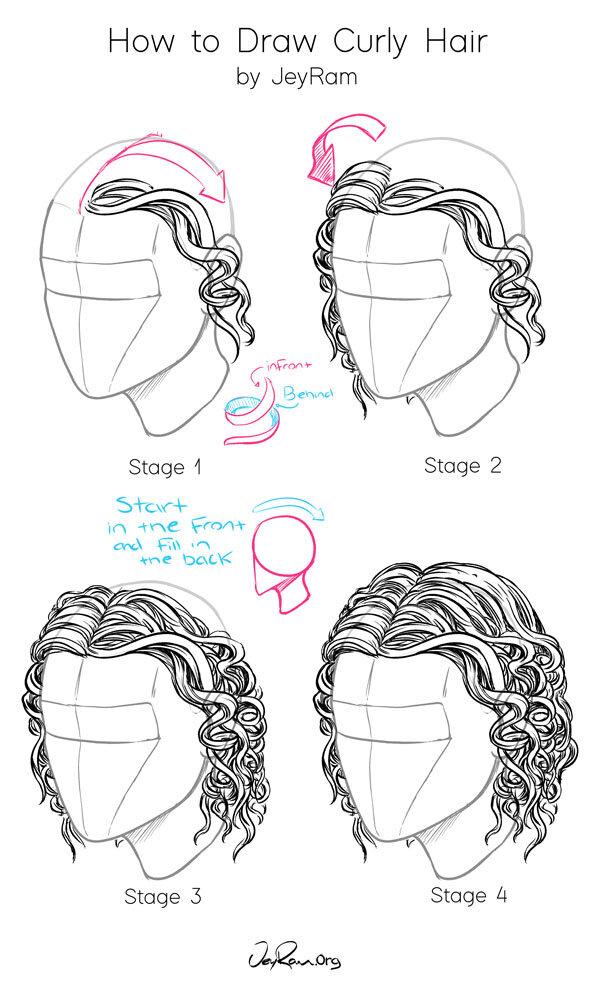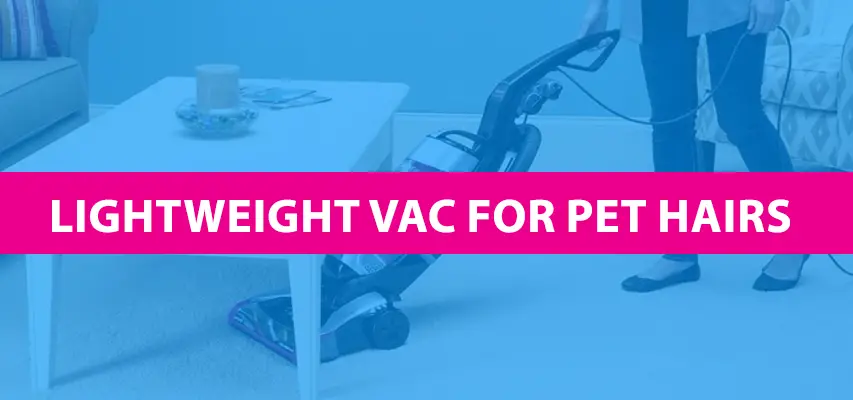Table Of Content

Similar to the first hairstyle begin by applying an initial series of strokes that will define the light, medium and dark areas of the hair. Again be sure to make these in a way where they flow along the shape of the hair. Negative space refers to the areas around and between objects. Next, start adding more details by defining individual hair strands. Remember that hair strands are not uniformly thick throughout their length. Use varying line weights to give your drawing a more natural look.
Step Three: Draw long locks of hair

So, choose a pen (or a couple of different ones) and trace over the graphite sketch. Afterward, it is time to fill in the hair with more texture, so add long and short lines throughout the hairstyle. Continue to fill in the hair with texture, adding more lines to the hairstyle to indicate volume. This is a part where you will want to refer very closely to the reference image as you draw. Try your best to draw the hair outline as it appears in the picture.
How to Draw Spongebob – A Step by Step Guide
Vermont cops release sketch of 'person of interest' as they hunt for killer who shot dead retired university d - Daily Mail
Vermont cops release sketch of 'person of interest' as they hunt for killer who shot dead retired university d.
Posted: Thu, 12 Oct 2023 07:00:00 GMT [source]
Similar to the first example begin by drawing the main shape of the hair with the largest details over top of the head/hairline. To avoid your drawing getting overly clutter erase the parts of the head covered by the hair after you are done. Begin the drawing by first outlining the entire shape of the head (including the ears). Doing so will help you better estimate the volume of the hair.
Mastering the Art: How to Put Hair in a Clip Like a Pro
With the powdered graphite and your brush, tap around the head to define the hair’s size and shape. Use significant circular movements to give it a “cloudy” effect. It’s what makes us unique and sets us apart from one another. It’s an extension of who we are and how we want to be seen. Hair has long been used to express oneself in various cultures around the world, and it continues to be a way to do so in our society too. I’ve always thought that short, almost shaved hair feels like a carpet!
Afterward, fill in the shapes of the hair with varying lines to give it texture, volume, and depth. Next, add two thick locks of hair to frame the face. Start these voluptuous shapes at the hair part and move downwards in undulating, ribbon-like shapes. Starting a little above the hairline (or forehead), draw large petal-like shapes to create the bangs.
By studying and observing real-life examples, you’ll be better equipped to recreate them on paper. Using the same rolling shapes as before, fill out the rest of the hair until you reach the back of the head. Draw bigger curls within the outline, following the direction you've established before. Each strand should be divided into more strands at the tips.

Step Four: Continue adding lines to the hair
Use more curved lines to build the hair strands and dark areas of overlap. With your mechanical pencil, fill the locks with soft and small traces following the flow and movement of the hair. Apply more pressure and layers to the part right beside the neck and under the ear.
The Best Sketch in Season 3 of 'I Think You Should Leave' Is… - Esquire
The Best Sketch in Season 3 of 'I Think You Should Leave' Is….
Posted: Thu, 08 Jun 2023 07:00:00 GMT [source]
You should eventually have a line drawing with a good amount of details similar to the example above. If you are going to be follows this tutorial it’s best to do so using pencil and paper. Keep it lighter on the outside edge where the light comes through as well as where it grows out of the hairline. Repeat the steps above for the other side, although symmetry looks nice. The beauty of hair lies in imperfections and asymmetry, so try to keep both sides different. For this part, we’ll be using the diagram from section 1 and following the direction of the hair when pulled back.
Step 4 – Start drawing the flow of the hair
Note that those areas are places where the light doesn’t hit directly or where the hair overlaps. Hair is affected by gravity and, on the contrary, on the top of the head, the hair on the sides falls down. The small volume it can have is because of bouncing with the ears.
If you WANT to know how to draw but don’t know where to begin — you’ve come to the right place. You can now begin to create highlight shapes, if you want. Instead of drawing every single strand of hair, it's helpful to separate hair into clumps. You're going to design your character's hair using flat shapes until you come up with something that seems right to you. Before I begin, let's take a look at some very simple cartoon hair examples you can easily use even now...
You’ve almost finished drawing the thin lines for your realistic hair drawing, and in this step you can finish this element off. Continuing on from the previous step, we shall draw more thick lines on the right-hand side of your realistic hair drawing. Slowly darken the drawing by applying more layers of overlapping strokes.
In layered hair, V shapes are created — which also occurs when drawing animal fur, feathers and flower petals. These V shapes are where things overlap and recede, and the deep V of darkness gives the illusion of depth. Using your 4B pencil, darken the areas closer to the head and add some extra hairs on the top of the blended areas. This will give the illusion of depth and add extra texture to your hair.













